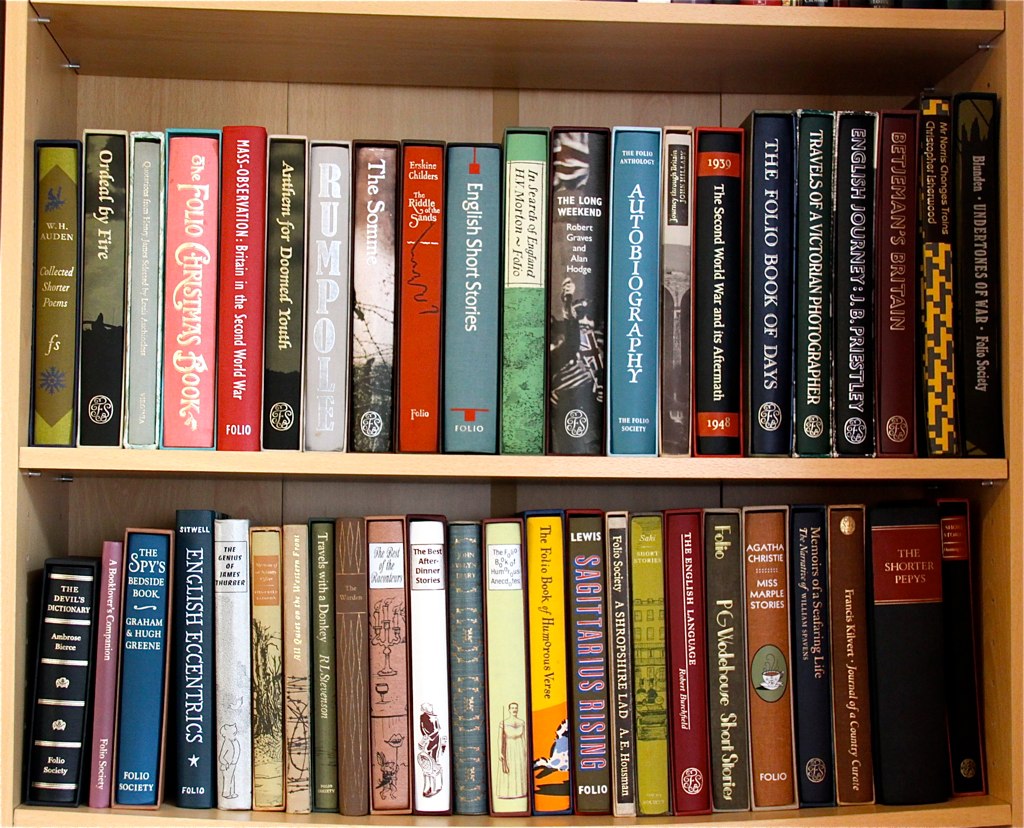

His mind and hand went together: And what he thought, he uttered with that easiness, that we have scarce received from him a blot in his papers. Who, as he was a happy imitator of Nature, was a most gentle expresser of it. It had been a thing, we confess, worthy to have been wished, that the Author himself had liv'd to have set forth, and overseen his own writings but since it hath been ordained otherwise, and he by death departed from that right, we pray you do not envy his Friends, the office of their care, and pain, to have collected and published them and so to have publish'd them, as where (before) you were abus'd with diverse stolen and surreptitious copies, maimed, and deformed by the frauds and stealths of injurious imposters, that expos'd them: even those, and now offer'd to your view cur'd, and perfect of their limbs and all the rest, absolute in their numbers, as he conceived the.
#FIRST FOLIO BOOKS TRIAL#
And though you be a Magistrate of wit, and sit on the stage at Black-Friers, or the Cock-pit to arraign plays daily, know, these plays have had their trial already, and stood out all appeals and do now come forth quitted rather by a Decree of Court, then any purchas'd Letters of commendation. Especially, when the fate of all books depends upon your capacities and not on your heads alone, but of your purses. "From the most able, to him that can but spell: There you are number'd. Heminges and Condell included a message " To the Great Variety of Readers" at the beginning of the book:

There is something pleasing about seeing that they have been used in this way, although annotating rare books is clearly more frowned upon nowadays! Often, previous owners have annotated their copies of the First Folio with pictures of hands pointing at phrases they particularly like or giving instructions such as "stop" and "go on", suggesting that they have been used in readings. He often did not know his own work from the original when he had finished! Our copies of the First Folio contain a mixture of both original and facsimile pages. By the late 18th century, demand was growing for owning a complete folio, so defective copies were often broken up to fill in gaps in owners' copies. It also became common for owners to use a copyist, the most successful being John Harris (c.1790-1872), who hand-copied in pen and ink the exact typography and engravings within books. Our copies now have facsimile pages, as the page featuring the Droeshout portrait was popularly removed in the 18th and 19th centuries and displayed elsewhere. Very few Folios have their original title page. In our library at the Shakespeare Birthplace Trust we look after three copies of the First Folio, all of which were rebound in the nineteenth century: the Ashburnham Folio, the Wheler Folio, and the Royal Shakespeare Company's Folio. Without the First Folio, half of Shakespeare's plays would have been lost to us today, as they had not previously been published in quarto form. These plays are as followsįirst Folios in the Shakespeare Birthplace Trust library Presumably, it was included at the last minute after copyright problems. Pericles and Two Noble Kinsmen are left out, while Troilus and Cressida does feature, despite not being listed on the contents page. A different version of Hamlet , which had already appeared in a 'good' quarto, was also included. This was the first printed folio to exclusively contain plays, including the first good texts of The Merry Wives of Windsor, Henry V , and Henry VI Part 2 and Henry VI Part 3. Published according to the true originall copies.Īs a tribute to their friend, Heminges and Condell wanted to put forward the best possible version of Shakespeare's plays, so they used original prompt books, quartos, and original notes to collate the final collection. VVilliam Shakespeares comedies, histories, & tragedies.
#FIRST FOLIO BOOKS FULL#
It's a collection of 36 of Shakespeare's works and was brought together by two of his friends, John Heminges and Henry Condell under the full title of: The book often referred to as The First Folio was published in 1623, 7 years after the death of William Shakespeare. Information to help you plan your visit to Shakespeare's family homes

Prices, booking, opening times and more to help you get organisedĮnjoy seasonal activities and special events throughout the year Walk in Shakespeare's footsteps at Shakespeare's New Place Relive Shakespeare's love story at Anne Hathaway's Cottage Visit William Shakespeare's Birthplace and explore his childhood world, right where it all began.


 0 kommentar(er)
0 kommentar(er)
